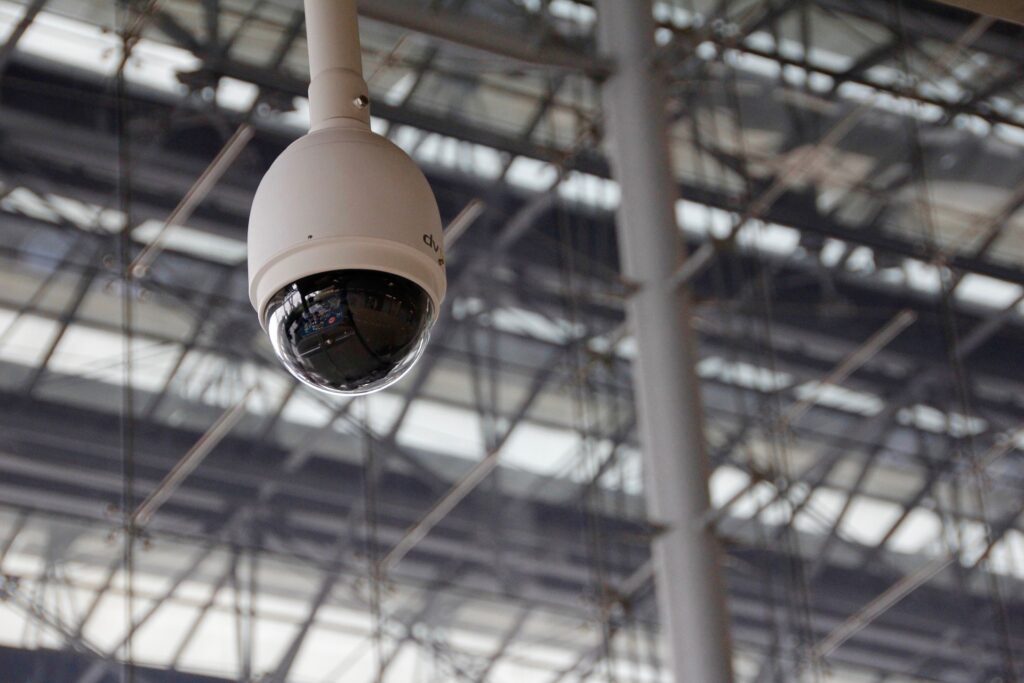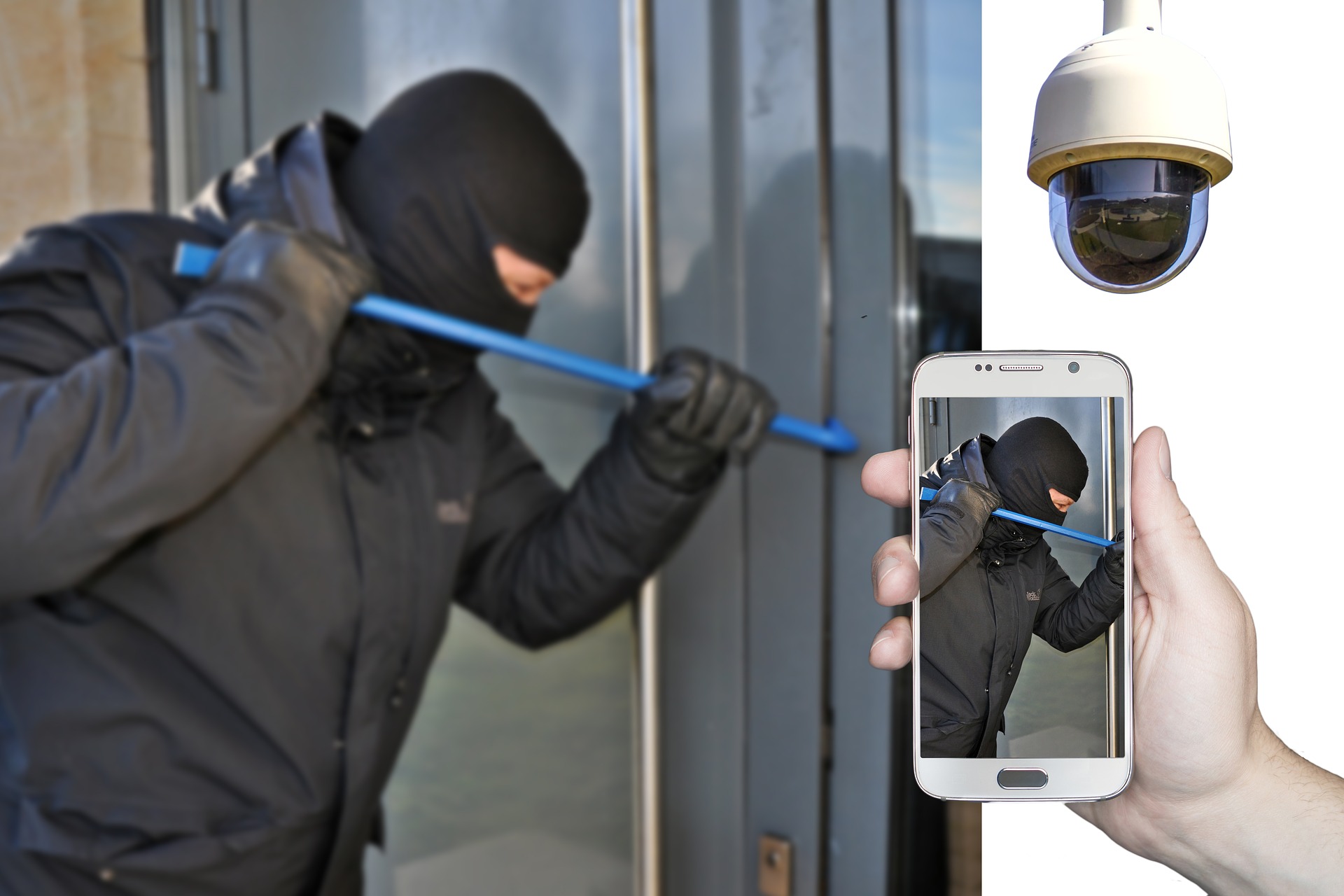Cities around the world are struggling with public safety. Growing populations strain public resources, and it is getting difficult to police cities. Video surveillance is inefficient and inadequate since blind spots and low-quality images hamper investigations. With that in mind, more police departments are turning to security techniques based on advanced analytics, big data, and exponential technologies.
Table of Contents
High-Tech 911
Cities and towns traditionally use 911 systems that allow residents to contact first responders in emergencies. These systems verbally capture and relay citizens’ information via radio and telephone technology. Unfortunately, most communities use methods that haven’t been updated for decades.
911 systems operating over NG911 Internet-based networks are much more efficient. They make it simple to transmit a range of data quickly. Authorities can send and receive critical information at light speed, and residents can send videos, photos, texts, and more through networks. Dispatchers review the information they receive and forward it to police officers.

Technology and Citizens’ Involvement
Modern technology allows citizens and police to keep cities safer by sharing information. Social media and smartphones play increasingly vital roles in public safety.
Cities are much safer when citizens and the police rapidly share information. Using public safety mobile apps or social media sites, residents can provide details to police in real-time. For example, a Dutch city has created an NG911 mobile app that sends push notifications to provide information about incidents. Citizens can use the same app to give the police crucial information.
Predictive Safety Solutions
No matter how effective police departments are at responding to and solving crimes, preventing crime is the most effective way to keep cities safe. Predictive policing is already in place and helping communities do just that.
Police departments use technology to forecast safety issues. The technology evaluates information that includes historical data, police blotters, criminal behavior, camera feeds, and public safety information. Using predictive models, authorities identify areas where crimes are most likely. When the police can highlight potential high-crime areas, they can send the personnel and other resources necessary to ensure safety.
AI Systems and Public Safety
The vast amounts of information supplied via predictive policing, citizen involvement, and enhanced 911 systems could overwhelm police systems without a careful plan. Artificial intelligence (AI) provides a solution.
AI can be used the prioritize similar calls and information. For example, systems will automatically group all the data received about a single incident, saving time and avoiding confusion. AI can detect callers’ language and route calls to the correct dispatchers. Programs will offer human-sounding responses to non-emergency calls. Artificial intelligence can be customized in dozens of ways to suit the needs of communities.
There are police departments already using neural networks and machine learning for facial recognition of images from video surveillance. The more technology can assist the police, the more time officers have to use their knowledge, standards, and empathy to ensure public safety.
As cities continue to grow, keeping them safe is an ongoing challenge for police departments. Technology offers solutions that make their jobs easier. Police are now using advanced 911 systems, social media platforms, and smartphones that provide information quickly and accurately. Citizen involvement is a crucial element in identifying crimes. Technology can also help predict high-crime areas, and AI is used to organize and route information accurately.












